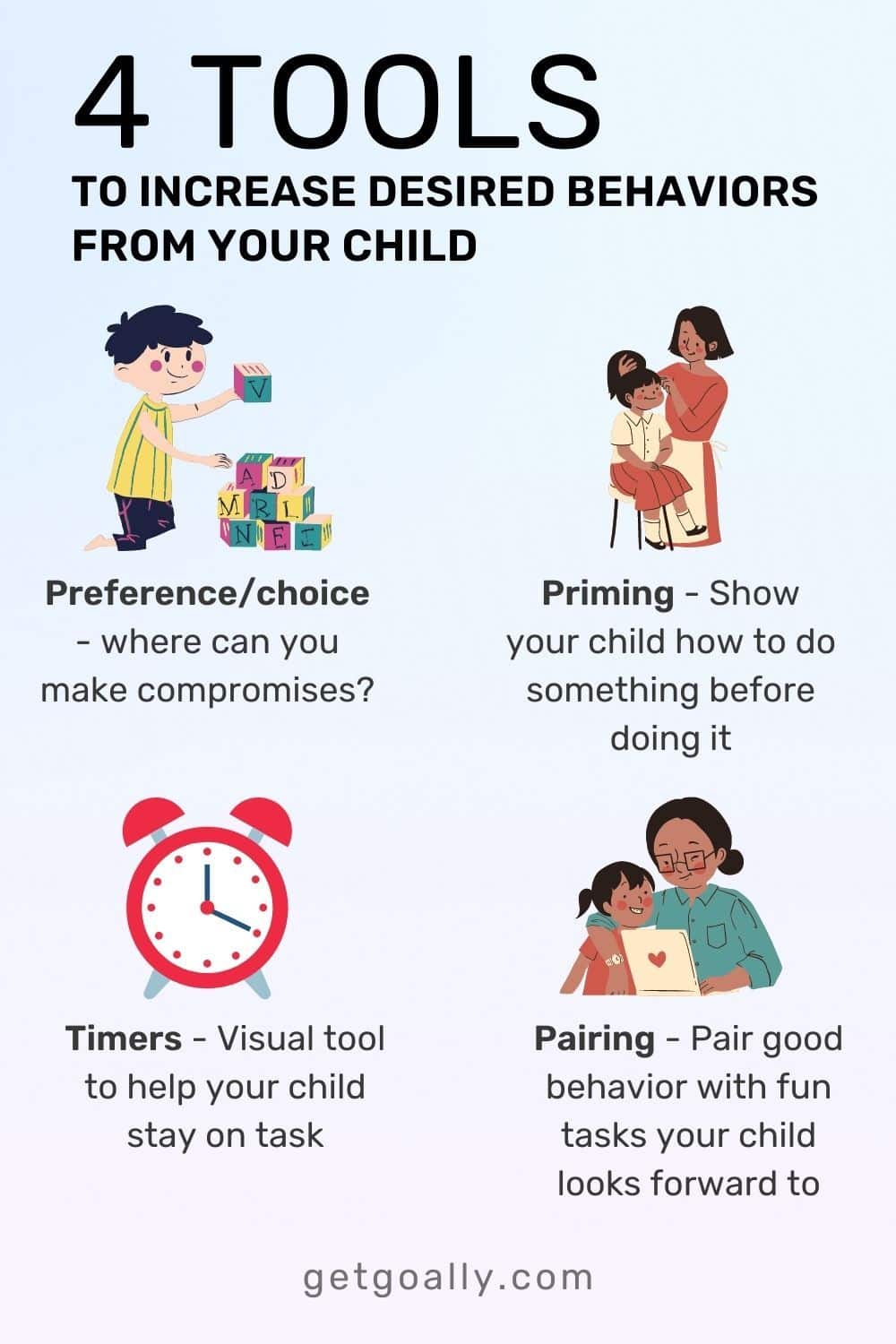Codic behavior is key to language development and communication. Here are some examples of how codic is used in everyday situations:
- Reading: When a child reads words aloud from a book, they are demonstrating codic behavior.
- Following instructions: If a parent asks their child to “put on your shoes,” and the child does so, this is an example of codic behavior.
- Answering questions: When a child provides a relevant verbal response to a question, they are using their codic skills.
| Situation |
Example of Codic Behavior |
| Classroom |
A student reads a passage out loud when called on by the teacher. |
| Home |
A child follows a parent’s verbal request to “bring your plate to the sink.” |
By understanding and encouraging codic behavior, parents and educators can support children’s language development and communication skills. Providing opportunities for kids to engage in codic activities, such as reading aloud or following verbal instructions, can help strengthen these important abilities.
This post was originally published on Sept. 15, 2023. It was updated on April 23, 2024.















